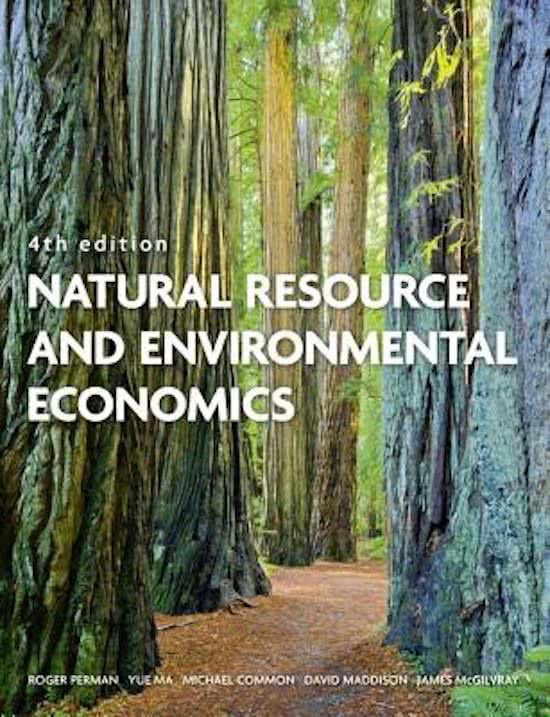Presentatie
Samenvatting Natural Resource and Environmental Economics, hoofdstukken 4, 5, 6, 7, 9 in het engels
- Vak
- ENR-20306
- Instelling
- Wageningen University (WUR)
Dit is een pp van het boek Natural Resource and Environmental Economics, met goede uitleg
[Meer zien]





